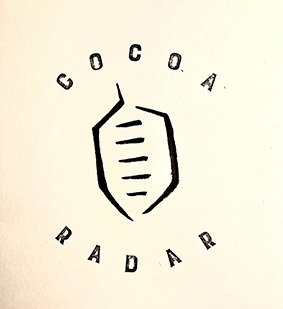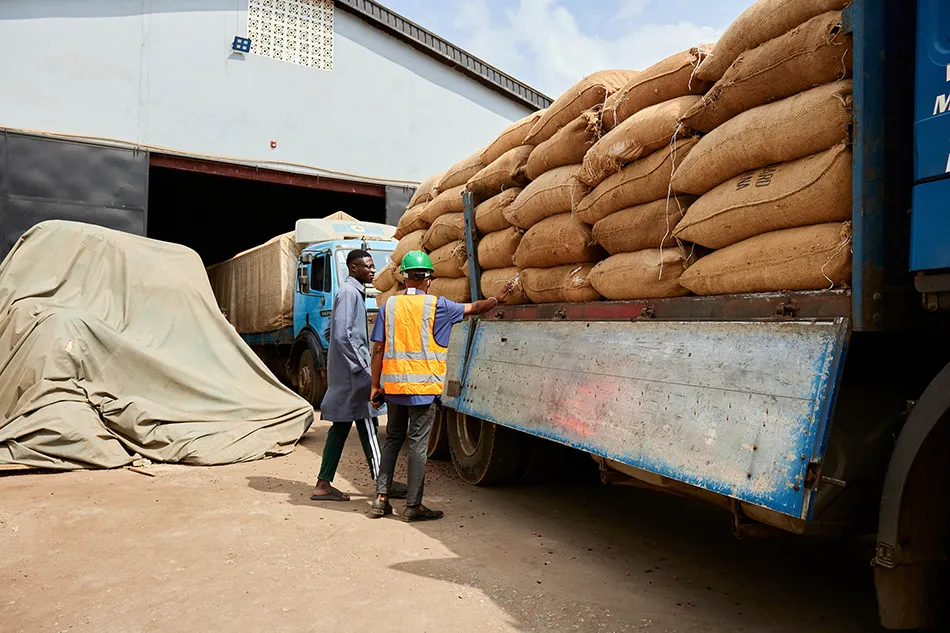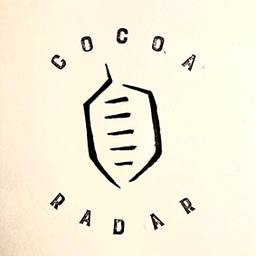CocoaRadar understands that several key producing nations, including Ghana, Nigeria, and Cameroon, are aggressively expanding their cocoa acreage to capture more value from the lucrative market.
This fact has also not been lost on Indonesia, which is significant because it is hovering around the top three producing countries. In 2023, Indonesia's cocoa bean production reached 641,741.02 metric tons, accounting for 11.46% of global output.
According to local reports, the country’s president, Prabowo Subianto, has instructed authorities to accelerate the country's cocoa production in response to rising global demand and prices. The directive follows Prabowo's recent visit to several European Union countries, during which he observed growing interest in Indonesian cocoa.
"The global price of cocoa is surging, and many countries are looking to us for chocolate," he said. "We must immediately establish new nurseries for cocoa trees and rejuvenate existing plantations."
However, with West African supply currently constrained and future harvests potentially surging, industry stakeholders are asking: Will this new cocoa wave restore balance - or tip the market into oversupply?
Expansion on All Fronts
The Ghanaian government has committed to developing 200,000 hectares of new cocoa plantations by the end of 2025, marking one of the most significant state-led agricultural interventions in the sector’s history. Announced by Finance Minister Dr Mohammed Amin Adam in May, the project is part of a national strategy to revive Ghana’s production, which has dropped by more than 50% over the past three years due to ageing trees, disease, smuggling, and illegal mining.
“This is not just about recovering lost volume,” said Dr Adam. “We aim to reposition Ghana as a value-added hub for cocoa processing and export.”
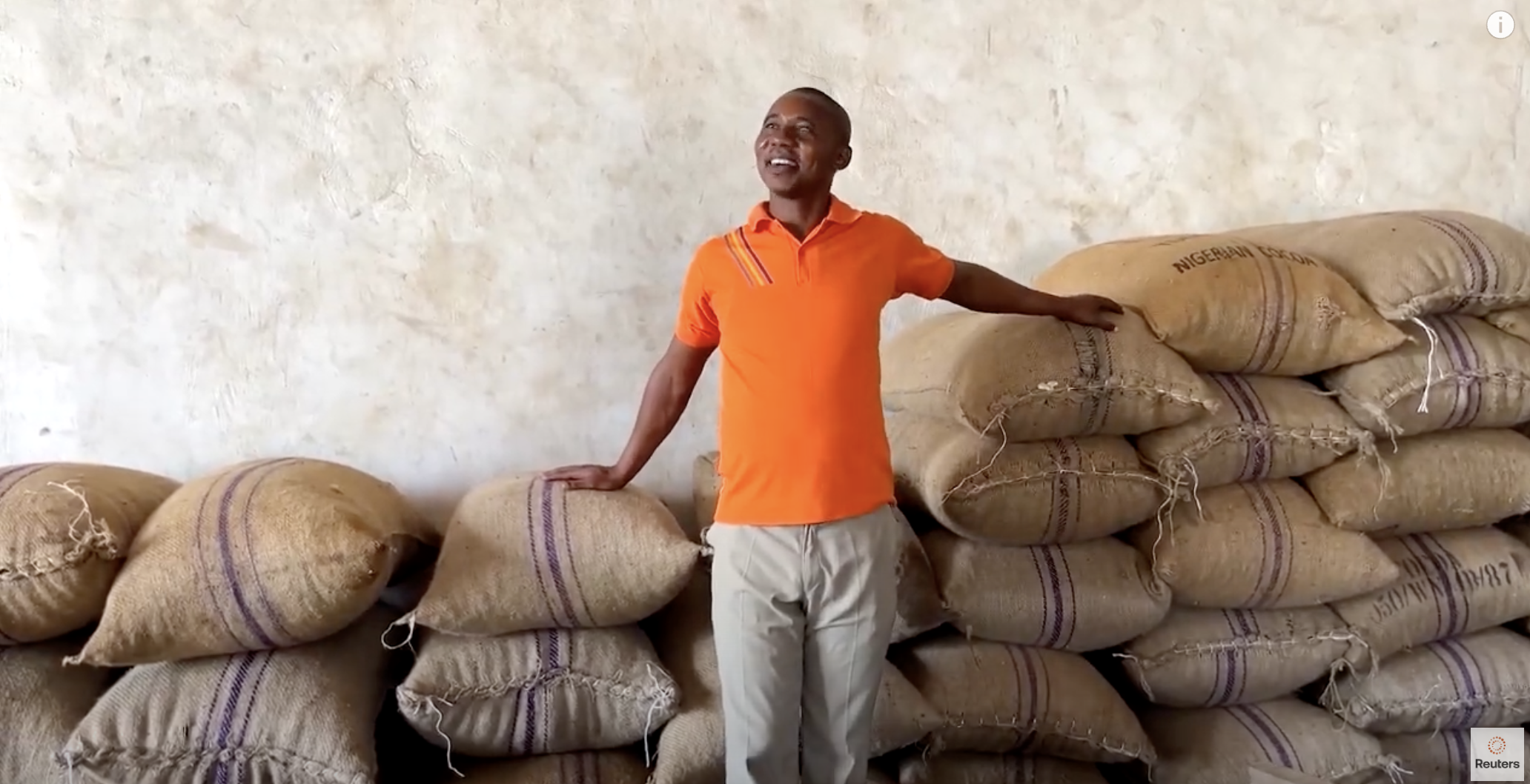
Rise of the ‘cocoa boys’
Meanwhile, Nigeria and Cameroon, whose farmers have benefited from recent price spikes, are also rapidly scaling up production. Nigeria, Africa’s third-largest cocoa grower, is experiencing what local media have called the rise of the ‘cocoa boys’ - young entrepreneurs flooding into cocoa farming, with an estimated 400,000 hectares of new planting underway, much of it driven by private investment.
Cameroon, where the liberalised market has seen farmgate prices climb above $9/kg, is targeting 600,000 metric tons of output by 2030, nearly double its current levels.
Still, this comes with risks, and the country could fall foul of the EU’s sustainability standards. According to a report on cameroononline.org, experts warn that this goal is unlikely to be met solely through yield improvements, and any land expansion could contravene the EUDR’s deforestation rules, leaving producers with cocoa that may not be eligible for the EU market.
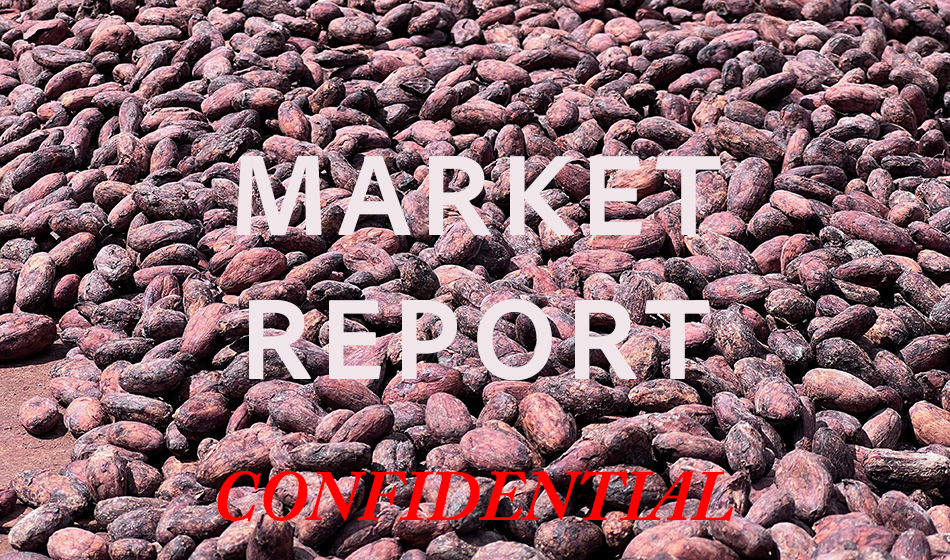
A Sector Still in Short Supply
Despite these moves, the near-term outlook remains tight. The 2025-26 crop is forecast to decline by 10% across West Africa, including Côte d’Ivoire and Ghana, according to industry estimates. Disease outbreaks, erratic rainfall, and depleted tree stocks continue to constrain yields, while cocoa grindings in Europe and North America are declining—a clear signal that manufacturers are scaling back or reformulating due to high raw material costs.
“Today’s cocoa price reflects scarcity, not surplus,” one European trader told cocoaradar.com. “But what happens in 2028, when all these new trees start producing?”

The Medium-Term Balancing Act
Cocoa trees typically take 3–5 years to reach maturity. That means much of the newly planted areas in Ghana, Nigeria, and Cameroon will begin bearing significant volumes by the end of the decade. If weather patterns remain stable and disease pressures are managed, this could flood the market with new supply, especially if global chocolate consumption does not increase at the same pace.
While this might stabilise prices for buyers, it raises concerns about farmer incomes and environmental sustainability. Ghana’s state-led model, while ambitious, may crowd out independent smallholders, while the lack of traceability and oversight in Nigeria’s informal sector could trigger concerns under new EU sustainability rules like the EUDR.
“There is always a lag between planting enthusiasm and market consequences,” said an analyst at a major chocolate manufacturer. “History tells us that cocoa cycles are long, and price crashes often follow booms.”
Writing in his excellent Cocoa Diaries Newsletter, Kwame Asamoah Kwarteng said: “As a farmer’s son, I know that a bumper harvest can be a double-edged sword: it’s great to have more to sell, but if everyone has a bumper crop at the same time, prices fall, and you might earn less overall despite working harder.
“The cocoa sector is no different. If Ghana adds 200,000 hectares of cocoa production and other producers, such as Nigeria and the Ivory Coast, also scale up, we could be heading for a cocoa glut. That could depress world prices, a boon for chocolate makers in the short term, but a disaster for farmers and even for Ghana’s revenue.”
What Comes Next?
The International Cocoa Organization (ICCO) has not yet revised its long-term forecasts, but several key trends are becoming clear:
- The current supply crunch is real and will persist through at least 2026.
- Investment-driven planting booms in Africa and Southeast Asia are likely to materialise by 2028–2030.
- Without corresponding growth in global demand or a major shift to value-added processing in origin countries, a structural surplus is possible.
- Climate risks and sustainability regulations could moderate production growth or shift sourcing patterns.
CocoaRadar's Bottom Line
The global cocoa market is walking a tightrope. Today’s shortages and sky-high prices are fueling a planting surge that could, if successful, transform the sector in five years. Whether that transformation brings balance, bust, or a sustainable future depends on what governments, farmers, processors, and regulators do next.
For now, there’s no glut. But the seeds of one may already be in the ground.
- For more cocoa industry analysis and updates, subscribe to the CocoaRadar Confidential Market Report, published every Thursday for Premium members.
- From the Desk of CocoaRadar is the official media partner ECA 9th European Cocoa Forum.
- 'From Our Desk. To Yours. Daily.'
- Sign-up here for free and upgrade to an annual plan.
